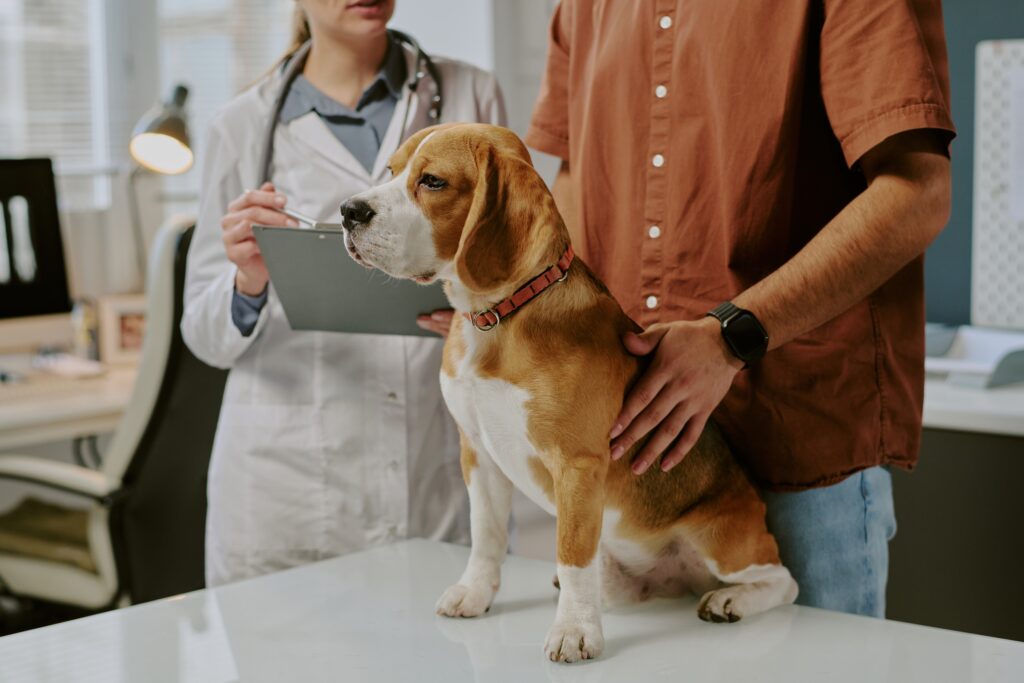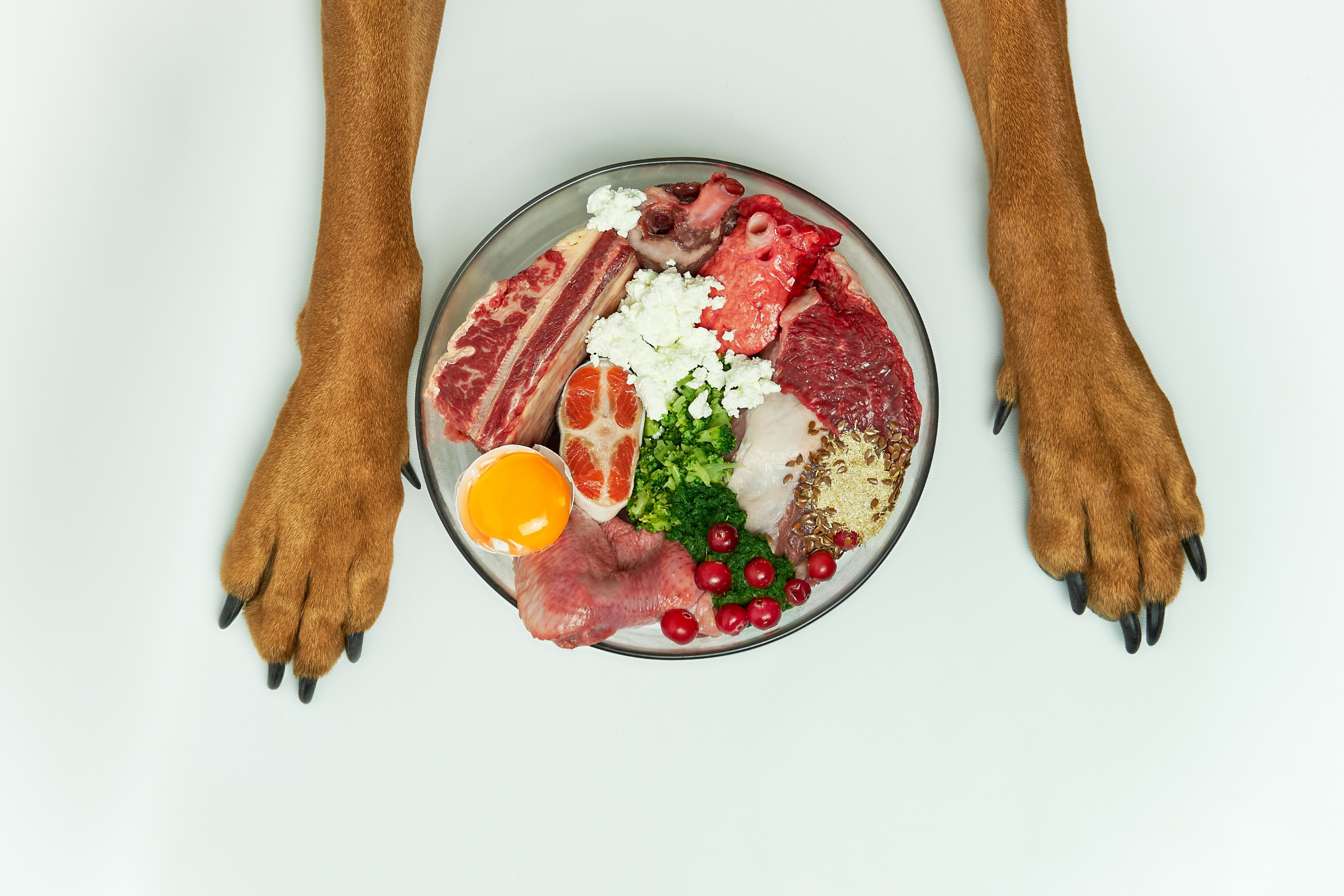Raw dog food diets have become a widespread trend in recent years, gaining significant attention among pet owners who are eager to provide their dogs with meals that feel natural, minimally processed, and nutritionally rich. Social media, influencer advice, and online communities have played major roles in amplifying the popularity of raw feeding, often portraying it as a superior alternative to traditional kibble. With countless testimonials celebrating improved coats, higher energy, and better digestion, it’s no surprise that many dog owners are curious about whether this dietary shift can offer genuine health benefits.
Veterinarians, however, approach the trend with more caution. While raw diets may appear appealing, the scientific evidence surrounding risks, safety concerns, and nutritional completeness tells a more complex story. As more families explore new feeding methods, healthcare professionals are increasingly focused on helping owners distinguish between anecdotal claims and reliable guidance, ensuring that every dog receives balanced nutrition tailored to their specific health needs.
Why Raw Dog Food Diets Are Trending Among Modern Pet Owners
The surge in raw feeding is partly rooted in the growing human trend toward natural and minimally processed foods. Many dog owners who prioritize whole-food diets for themselves feel motivated to extend similar priorities to their pets. This psychological connection creates the belief that a raw diet mirrors what a dog might have eaten in the wild, making it seem instinctively healthier or more biologically appropriate. While this concept is appealing, it oversimplifies canine nutritional requirements that have evolved significantly through domestication.
Social media has also accelerated interest in raw feeding. Viral posts showcasing colorful bowls of raw meat, vegetables, and supplements portray the diet as visually appealing and health-boosting. Influencer endorsements, personal success stories, and niche online communities add to the momentum. However, professionals remind owners that eye-catching images rarely reveal the full reality—including bacterial risks, nutrient imbalances, or the demands of safely preparing raw food. This gap between perception and practicality has led many pet owners to seek healthy pet nutrition practices grounded in veterinary science rather than online trends.
Understanding the Risks: What Veterinarians Want Owners To Know
Veterinarians frequently address concerns about raw diets because improper preparation can expose both pets and humans to harmful pathogens. Raw meat can carry bacteria such as Salmonella, E. coli, and Listeria, which pose significant health risks, especially in households with children, elderly individuals, or immunocompromised family members. Even healthy dogs can shed these bacteria through saliva or feces, creating exposure risks throughout the home.
Another concern involves nutritional imbalances. Commercial kibble and cooked dog foods undergo strict testing to ensure they meet established dietary standards, but raw diets—particularly homemade versions—often lack essential nutrients like calcium, iodine, or specific vitamins. Over time, these gaps can lead to joint issues, poor bone development, thyroid problems, or weakened immunity. Veterinarians strongly encourage owners to consult professionals before transitioning to raw feeding so any potential risks can be addressed proactively and safely.
Why Many Raw Diets Fail To Meet Complete and Balanced Nutritional Standards
Raw feeding may appear straightforward, but formulating a nutritionally complete diet is far more complex than combining meats, vegetables, and supplements. Dogs require a precise balance of amino acids, fatty acids, vitamins, and minerals that vary based on age, weight, breed, and health status. Without professional guidance, homemade raw diets often fall short. Even commercially produced raw food may lack thorough safety inspections depending on the brand.
Veterinarians highlight that nutritional deficiencies do not always show immediate symptoms. Instead, issues may emerge gradually over months or years, making them harder to link directly to the diet. For instance, a raw diet low in calcium and phosphorus can lead to bone fragility, while insufficient omega-3 levels may contribute to skin inflammation. These long-term risks create significant challenges for owners who assume that raw automatically means complete, reinforcing the importance of professional evaluation when considering alternative feeding approaches.
Safe and Practical Alternatives That Support Long-Term Canine Health
For owners drawn to the idea of fresher, less processed meals, veterinarians often recommend balanced cooked diets or high-quality commercial foods designed under veterinary nutrition guidelines. These alternatives retain the appeal of whole-food ingredients while reducing the bacterial risks associated with raw meat. Cooked meal plans can be customized to support specific health needs, such as allergies, digestive sensitivities, or weight management concerns. Many veterinary-trained nutritionists offer tailored recipes that ensure dogs receive complete and balanced meals.
Air-dried, freeze-dried, and gently cooked commercial products have also grown in popularity. These options provide convenience without compromising safety, and they often include ingredient lists similar to raw diets but processed in ways that eliminate harmful pathogens. For owners seeking transparency, many reputable brands conduct feeding trials and publish nutrient profiles. This helps ensure pets receive scientifically validated nutrition rather than relying solely on anecdotal claims and online testimonials.
Why Clear Communication With Veterinary Professionals Matters More Than Ever
As feeding trends evolve, veterinarians emphasize that open, honest communication is vital in supporting a dog’s long-term health. Owners sometimes feel reluctant to discuss raw feeding due to fear of judgment, but healthcare professionals encourage transparent conversations. Their role is to guide—not criticize—helping families weigh benefits against risks and develop safe, balanced feeding plans. This collaborative approach ensures that dietary decisions align with each dog’s age, health status, lifestyle, and existing medical conditions.
Reliable information is essential, especially in an era where online platforms spread conflicting opinions. Many pet owners turn to a trusted UK news resource for clarity on health-related topics and emerging pet care trends. By combining authoritative journalism with veterinary expertise, owners can make well-informed decisions that support their pets’ well-being and minimize the risks associated with trending but scientifically complex diets.

Conclusion
The rising interest in raw dog food diets reflects the growing desire among pet owners to offer their dogs natural, wholesome meals. Yet while raw feeding appears appealing on the surface, it comes with significant safety and nutritional concerns that require careful consideration. Veterinarians consistently highlight the importance of proper evaluation, balanced formulations, and awareness of pathogen risks when exploring any alternative diet. Fortunately, a wide range of safer, nutritionally complete options exist for owners who want to improve their dogs’ meals without compromising health. By maintaining open communication with veterinary professionals and relying on credible information sources, families can navigate the complexities of modern pet nutrition with confidence. Ultimately, a thoughtful, informed approach helps ensure that every dog receives the nourishment, protection, and long-term wellness support it deserves.


